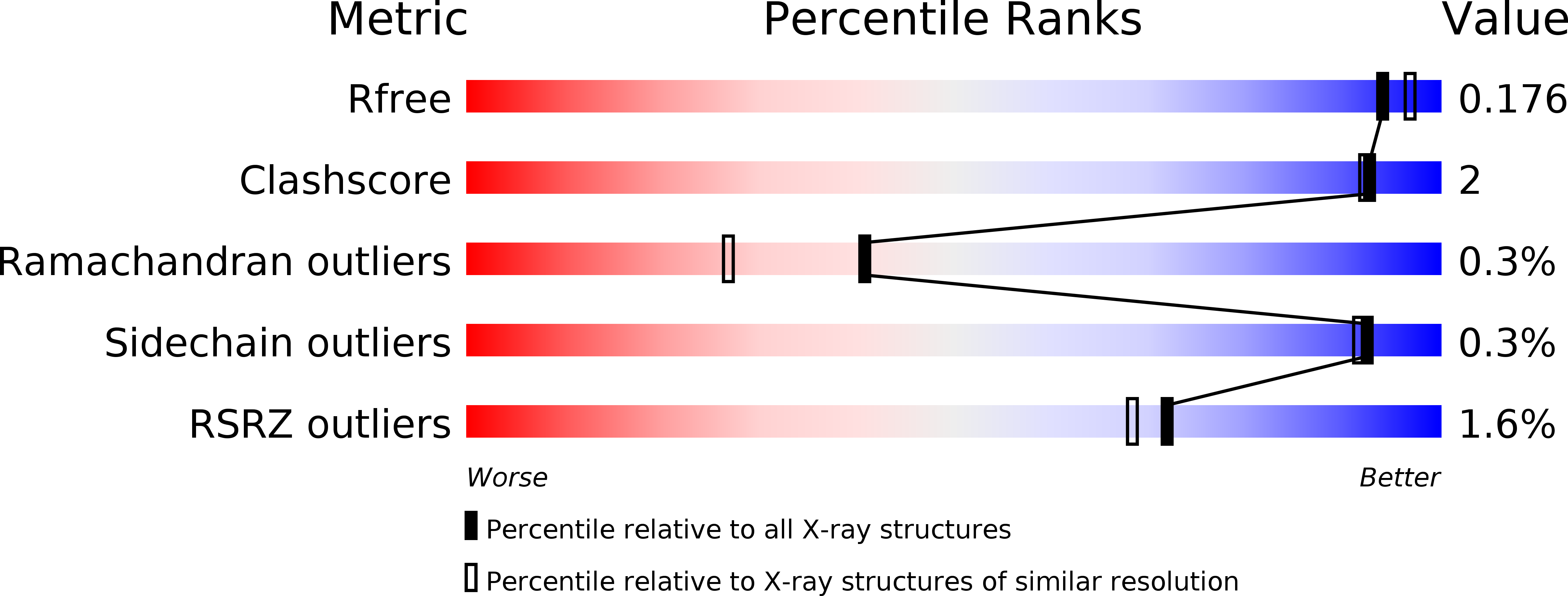
Deposition Date
2007-05-10
Release Date
2007-10-30
Last Version Date
2023-12-13
Entry Detail
PDB ID:
2V09
Keywords:
Title:
SENS161-164DSSN mutant of Bacillus subtilis Oxalate Decarboxylase OxdC
Biological Source:
Source Organism:
BACILLUS SUBTILIS (Taxon ID: 1423)
Host Organism:
Method Details:
Experimental Method:
Resolution:
1.80 Å
R-Value Free:
0.17
R-Value Work:
0.14
R-Value Observed:
0.14
Space Group:
H 3 2


